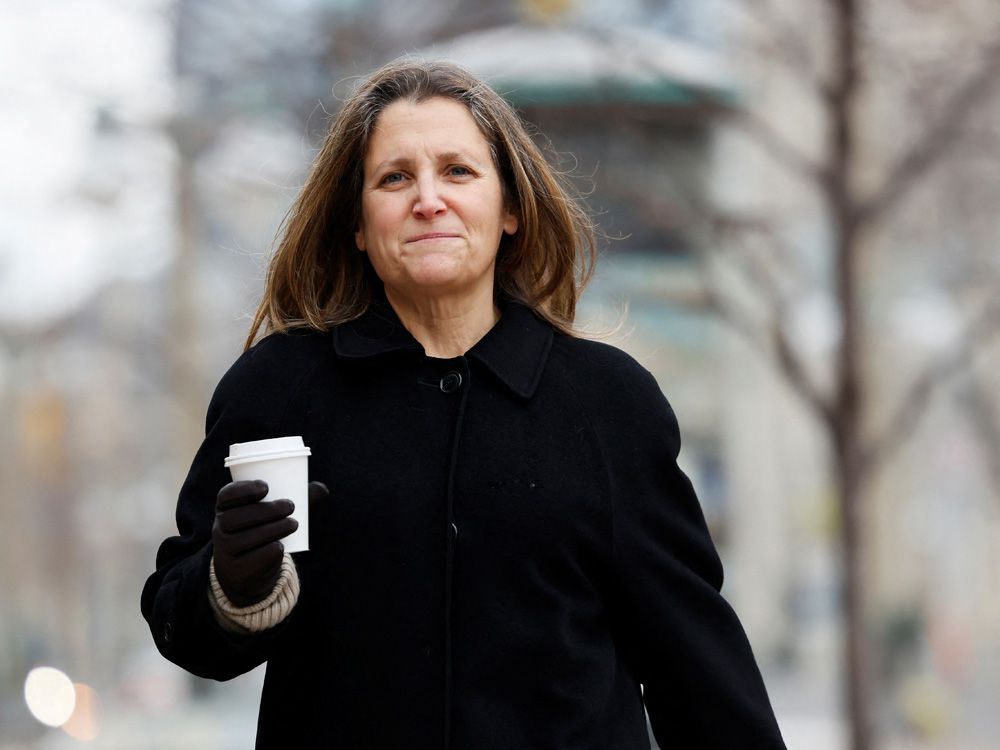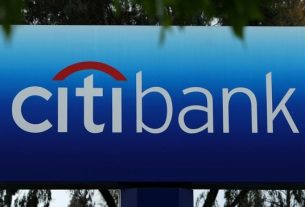Jamie Golombek: To receive benefit payments, you must have filed a 2021 tax return with the CRA
Reviews and recommendations are unbiased and products are independently selected. Postmedia may earn an affiliate commission from purchases made through links on this page.
Article content
Eligible parents with kids under age 12 who don’t otherwise have dental care coverage can go online as of Dec. 1 to apply for the new Canada Dental Benefit (CDB), one of two new benefits contained in Bill C-31, which received Royal Assent last month, the other being a one-time top-up to the Canada Housing Benefit.
Advertisement 2
Article content
“By making sure children under 12 can see a dentist and by delivering important relief to low-income renters, we’re ensuring our support is compassionate, targeted, and fiscally responsible” Deputy Prime Minister and Minister of Finance Chrystia Freeland said when the bill became law last month. “And for those who need it most, it is coming at exactly the right time.”
Article content
The CDB provides eligible parents (or guardians) with up to $650 tax free, per year for two years, to cover dental expenses for children under the age of 12. The CDB, which is estimated to benefit 500,000 children, is exclusively available to families without access to private dental insurance.
Depending on your adjusted family net income, a tax-free payment of $260 (for family income between $80,000 and $89,999), $390 (for family income between $70,000 and $79,999) or the full $650 (for family income below $70,000) is available for each eligible child.
Advertisement 3
Article content
The CDB is only available for two periods, and you can get a maximum of two payments for each eligible child. The first benefit period is for children under 12 years old as of Dec. 1, 2022, who receive(d) dental care between Oct. 1, 2022, and June 30, 2023.
To receive benefit payments, you must have filed a 2021 tax return, and must currently be receiving the Canada Child Benefit. In addition, the government indicated you should book a dental appointment for your child before applying, since details about your child’s dental provider and expected appointment date must be provided online when you apply. If your child fails to see the dentist by June 30, 2023, then you will be required to repay any CDB received.
In a media technical briefing on Nov. 30, the Canada Revenue Agency walked through the online application process, which will begin receiving applications and processing payments for the CDB as of Dec. 1.
Advertisement 4
Article content
Notably, the online application process includes real-time income verification to determine program eligibility in order to avoid sending CDB payments out to non-qualifying parents. The move to upfront verification is in stark contrast to the rollout of COVID-19-benefits, which relied on a self-attestation system where applicants had to confirm that they qualified, including whether they had earned a minimum of $5,000 of net income in a prior 12-month period.
-

The CRA is already challenging real estate transactions ahead of new anti-flipping rules
-

If you disagree with a CRA assessment, make sure you file an objection on time — or else
-

CRA denies taxpayer’s costs of getting to work, but judge says taxman got it wrong
Advertisement 5
Article content
The CRA is now seeking to reclaim $3.2 billion in COVID-19 financial aid benefit overpayments, from 825,000 Canadians it suspects received ineligible or excess payments from any number of the COVID-19 programs for individuals as of Nov. 18.
Meanwhile, the one-time top-up to the Canada Housing Benefit (CHB) will provide a tax-free payment of $500 to an estimated 1.8 million low-income renters with an adjusted net income of less than $35,000 for families (or below $20,000 for single Canadians), who pay at least 30 per cent of their adjusted net income towards rent.
The CRA will begin receiving applications and processing payments for this top-up online on Dec. 12, 2022.
To apply for the CHB top-up, applicants will need to provide the address of their principal residence(s), the total rent paid in the 2022 calendar year for that residence, as well as the name and contact information of the persons to whom the rent was paid.
Advertisement 6
Article content
Asked whether this latter piece of information could then be used by the CRA to track potentially unreported rental income by landlords, a CRA spokesperson would only say the information can be used for verification purposes for the top-up payment.
Jamie Golombek, CPA, CA, CFP, CLU, TEP, is the managing director, Tax & Estate Planning with CIBC Private Wealth in Toronto. [email protected]
_____________________________________________________________
If you liked this story, sign up for more in the FP Investor newsletter.
_____________________________________________________________




